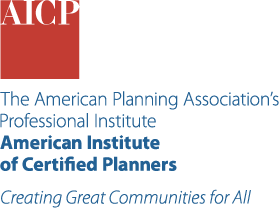Zoning for Coastal Flood Resilience
Zoning Practice — June 2018
By Joseph DeAngelis, AICP

Flooding poses a considerable threat to the well-being of coastal cities and towns. Most coastal communities are well-acquainted with the flood risks from the array of potential tropical disturbances, less impactful but more frequent coastal storm events, and increasingly common nuisance flooding due to rainstorms and high and king tides.
This issue of Zoning Practice will summarizes the spectrum of risk coastal flooding poses to cities, discusses zoning and land-use approaches that can help communities to adapt, and highlights relevant zoning reform efforts in Mandeville, Louisiana; Norfolk, Virginia; and New York City.
Details
About the Author
Joseph DeAngelis, AICP
Joe DeAngelis, AICP, is a planner and research manager at the American Planning Association, where he manages projects on climate adaptation, natural hazard risk, and community resilience. Joe has co-authored a variety of publications while at APA, including the 2020 Planning Advisory Service Report “Planning for Infrastructure Resilience” and since 2021, APA’s annual Trend Report. Joe is also the co-author of the upcoming report “Exploratory Scenario Planning for Hazard Mitigation and Climate Adaptation.” Before coming to APA in 2016, Joe worked as a Resilience Planner for the New York City Department of City Planning, where he focused on post-Hurricane Sandy recovery and long-term redevelopment. He holds a Master of Urban Planning degree from CUNY-Hunter College.


